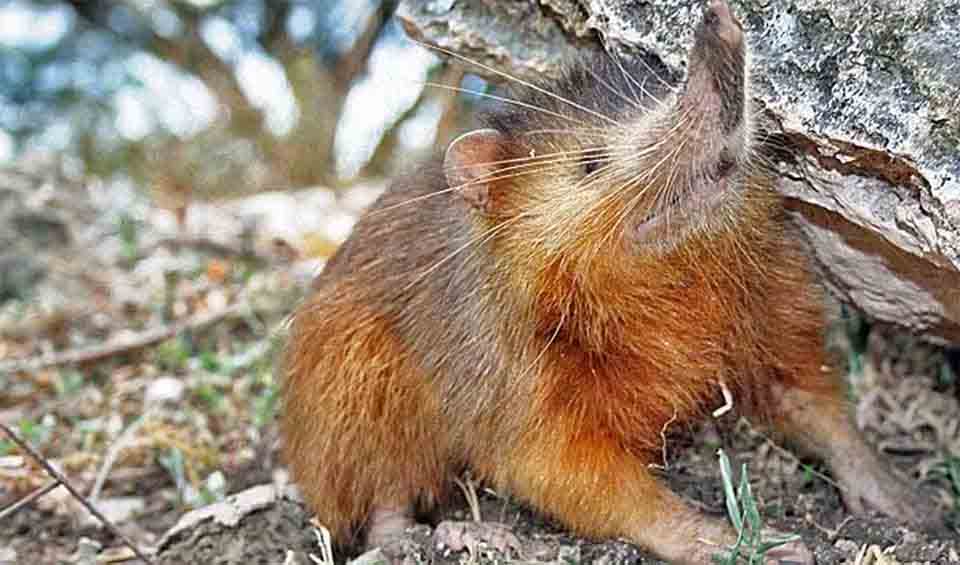Solenodon
One of the most unusual-looking and poisonous mammals in the world
One of the most intriguing and ancient mammals on Earth, known for its unusual appearance and unique characteristics. Native to the Caribbean islands of Hispaniola (which includes Haiti and the Dominican Republic) and Cuba, the solenodon is a small, nocturnal mammal that looks somewhat like a large shrew or rat. It has a long, flexible snout, small eyes, and a slender body covered in coarse, dark fur. One of the most distinctive features of the solenodon is its long, naked tail and sharp, clawed feet, which it uses for digging and foraging.
What makes the solenodon especially fascinating is that it is one of the few venomous mammals in the world. The solenodon has special grooves in its lower incisors, through which it delivers venom when it bites. This venom is produced by glands in the solenodon’s mouth and is used primarily to subdue its prey, which consists mainly of insects, spiders, and small vertebrates. The solenodon’s venomous bite is a rare trait among mammals and is a throwback to some of the earliest mammals that lived millions of years ago.
The solenodon’s nocturnal lifestyle means it is most active at night when it comes out to search for food. It uses its long, flexible snout to root through leaf litter and soil, hunting for insects, worms, and other small creatures. The solenodon’s sense of smell is highly developed, which helps it locate prey in the dark. Despite its sharp claws and venomous bite, the solenodon is a shy and reclusive animal, often staying hidden in burrows or dense undergrowth during the day to avoid predators.
One of the most interesting things about the solenodon is its evolutionary history. Solenodons are considered living fossils because they have remained relatively unchanged for millions of years. They belong to a group of mammals that once lived alongside the dinosaurs, and their closest relatives are now extinct. This makes the solenodon a rare glimpse into the distant past, providing scientists with valuable insights into early mammalian evolution.
Species in this genus
Hispaniolan solenodon
Unlike most mammals, it has special grooves in its lower incisors that is used to inject venom on its prey

